Embroidery has been around for a long time. It helps pass the time, learn patience, and also develops hand motor skills. This article talks about how to embroider flowers with satin stitch, and also presents several simple patterns.
Satin stitch patterns
Of all the types of hobbies and interests, perhaps the most common is satin stitch embroidery. In this technique, stitches fill the entire canvas. Most patterns can be found on the Internet or in handicraft magazines. Some craftswomen draw their own embroidery patterns.
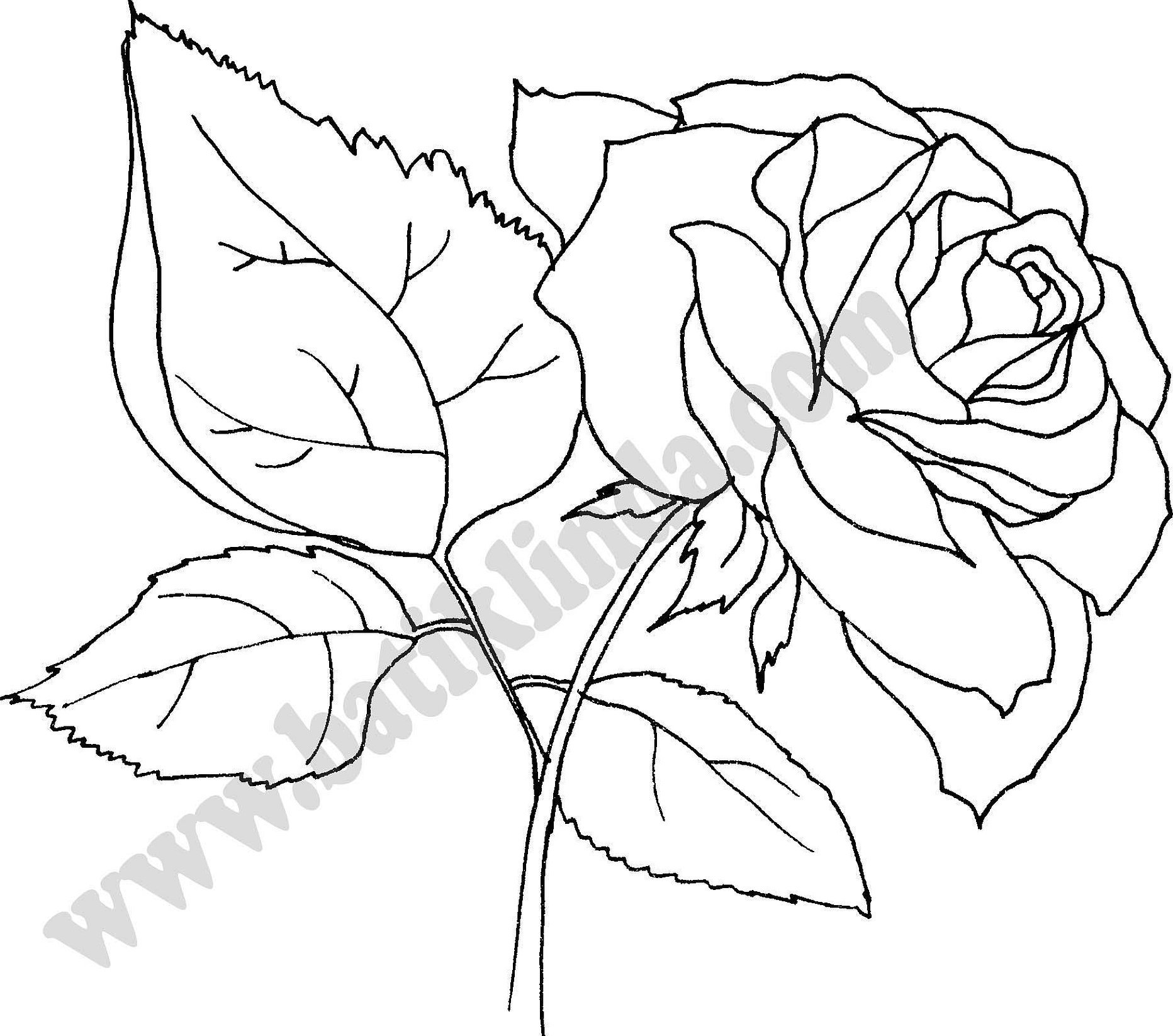
Different types of stitches imply different methods, techniques and methods. Satin stitch embroidery is a kind of art, only instead of brushes and paints, needles with floss are used.
Very often such works are called artistic satin stitch. To become a professional in this field, it is necessary to know not only stitches.
It is important to be able to concentrate on work, be resilient and ready for difficulties. It will be quite difficult for beginner needlewomen to master this craft. As well as embroidery with satin ribbons.
Depending on the complexity, a satin stitch picture can be completed in a few days to two months. The main rule is to select the right threads and needles. The thicker the yarn, the larger the needle you will need for embroidery. They are available under numbers 1-12. Below in the article you can see patterns for satin stitch embroidery of flowers.
Wild flowers
Embroidery of wild flowers can perfectly decorate pillows or decorative towels. For easy floral motifs of satin stitch embroidery, you need to know four basic types of stitches. It is advisable to do grass with a stem stitch.
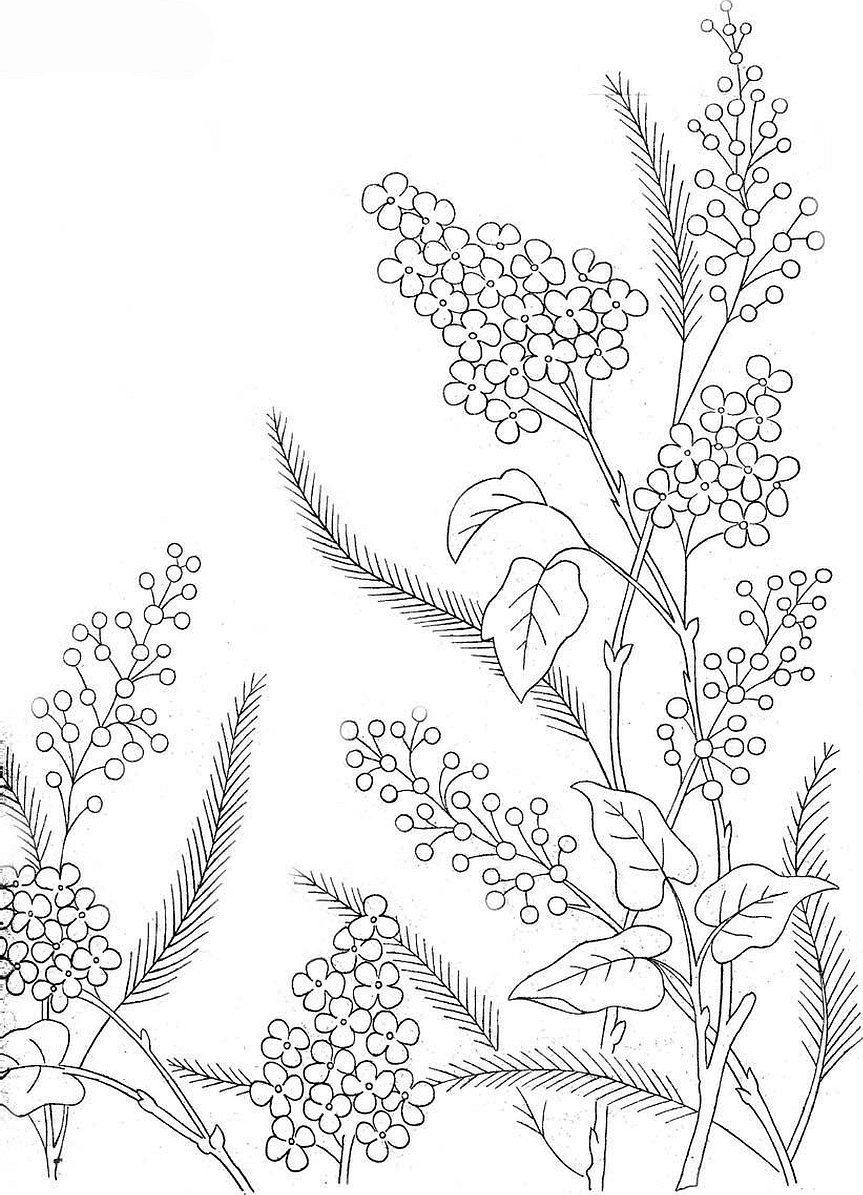
Step by step instructions for a beginner:
- From the fishing line you need to twist the outline of the flower and baste it to the main fabric.
- Fill the space inside this line with stitches.
- The fishing line can be unpicked or sewn with threads, thus creating a three-dimensional pattern.
Pansies
This flower appeared in ancient times. People used to symbolize pansies with love. Such a picture can be made using the loop stitch technique. For work, it is necessary to use fairly thick threads and fabric. Such a picture can be placed in the living room for everyone to see.
Roses
Roses have always been popular in embroidery with any technique. They can be made single, in bouquets or flowerpots. Such a picture will be a great gift for a loved one. It is made in the satin stitch technique with a flooring, and the petals can be made with a stem stitch. The main color of the threads is red and green, sometimes the roses are made white or pink.
Poppies
These plants are often used to decorate clothing items. For example, they will look great on a denim jacket or a warm sweater. Since these flowers are very bright, the main fabric should be a neutral shade. Recently, fashion designers have been completely embroidering dresses with poppies or roses.
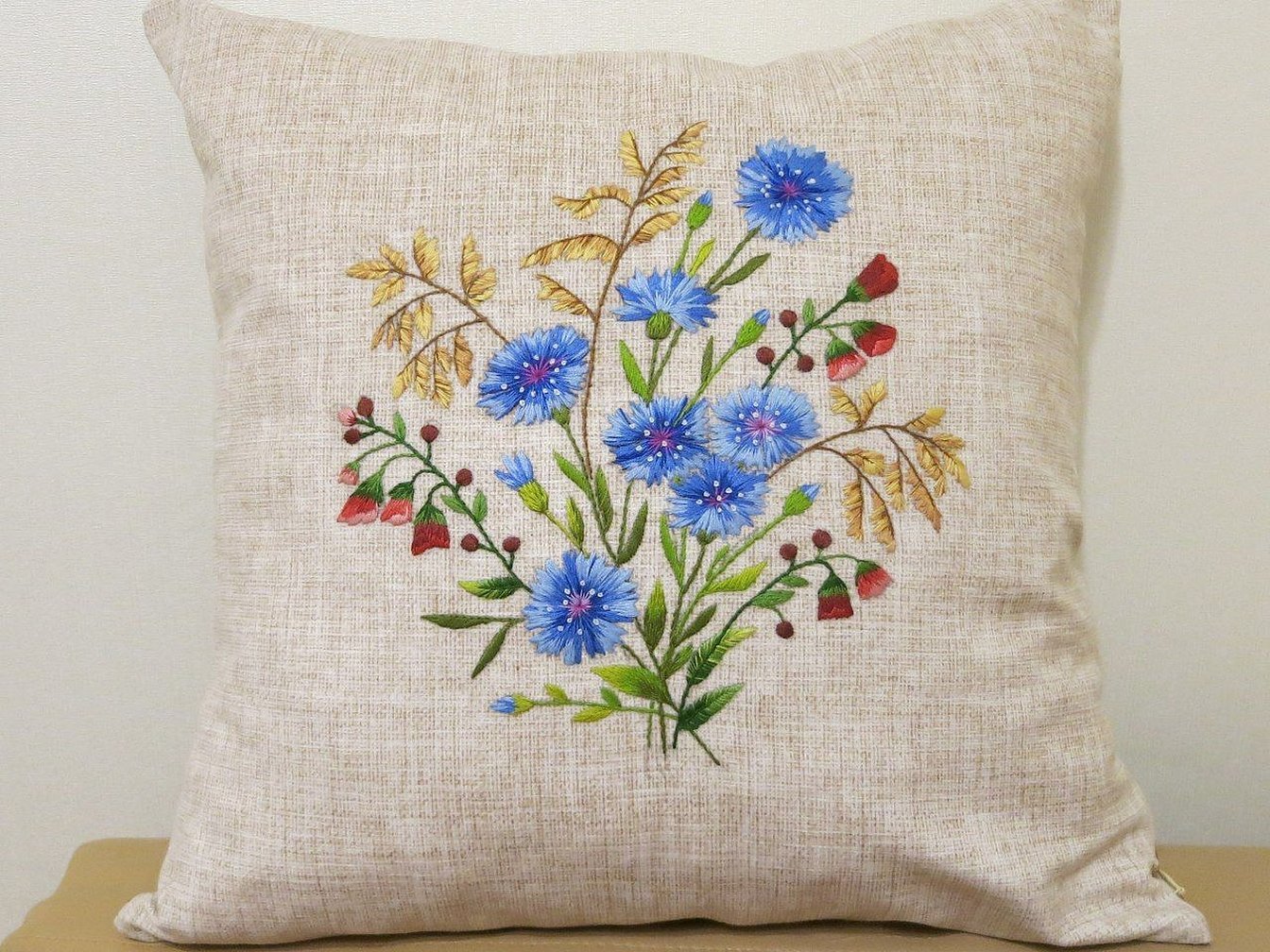
Chamomile
It will be quite easy for a beginner to make daisies. This is one of the simple floral motifs. The paintings are dominated by yellow, white and green colors. You can use chintz or linen as the main canvas.

Chrysanthemums
For work, it is recommended to use floss with a slight sheen. Then the finished product can be placed under glass and hung in the kitchen. Thanks to the sun's rays, the flower will shimmer beautifully. Usually, pink or purple threads are chosen for chrysanthemums.
Knapweed
Cornflowers are great for decorating sheets or blankets. The work is done in several shades of blue. It is important to make a smooth transition from one color to another so that the picture is more realistic. It is recommended to embroider cornflowers as a bouquet, not a single branch.
Violets
The work is mainly dominated by violet colors. To make the violet more realistic, the embroidery can be made voluminous. It is recommended to use a stitch called stem. It looks quite good on this kind of work.
Sunflower
Sunflowers are always associated with summer. That's why there are many bright and juicy shades in the work. The main threads for embroidery are yellow and black.
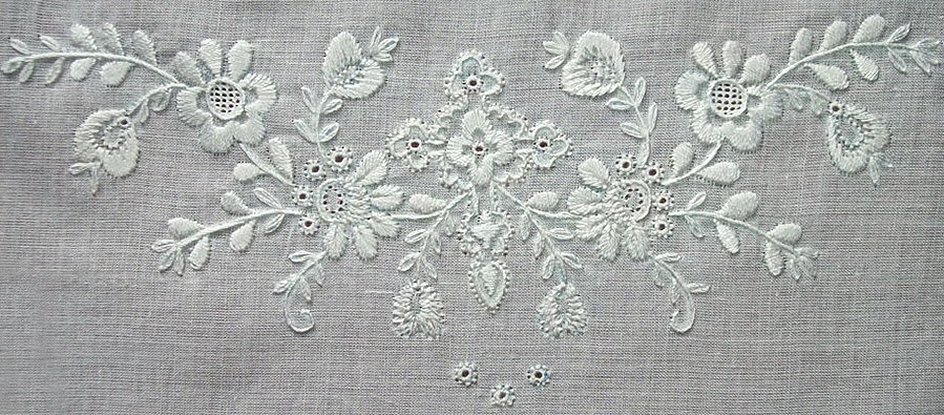
The center of the flower can be made voluminous, and the petals flat. Such a picture will perfectly fit into the interior of the house and visually expand the room.
Animals in satin stitch
Animals are often embroidered to decorate children's rooms. For a girl, you can make bunnies or seagulls, and for boys, tigers or lions are perfect. Animals can also be used to decorate bedspreads for a child's crib.
Attention! For children, it is necessary to select only light shades, because strong brightness can disturb the child and cause headaches.
Birds in satin stitch
Birds are great for kids of any gender. You can embroider a large picture with different species, for example, with doves, peacocks and parrots.
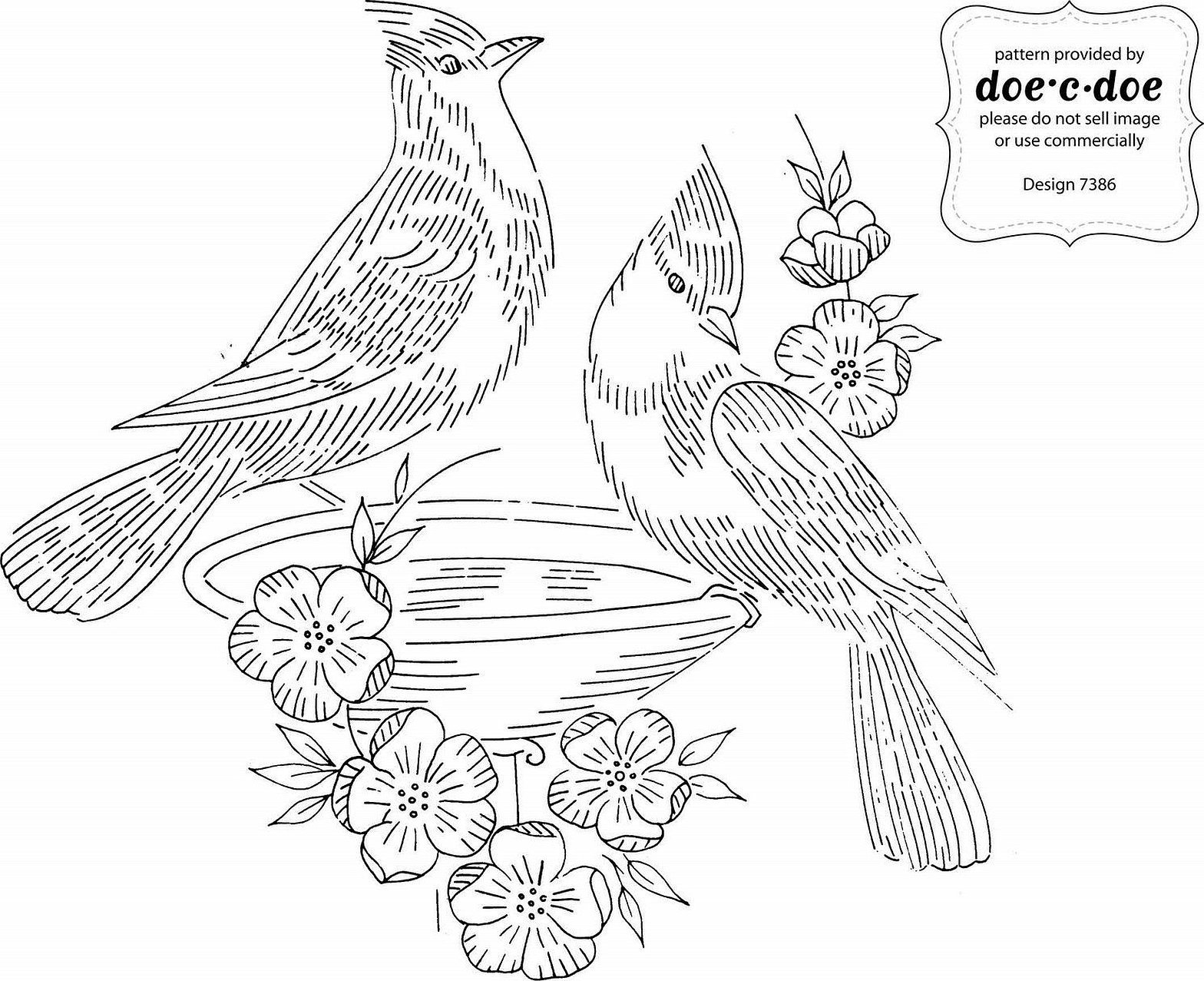
For a child, this thing will not only be interesting, but also educational. Recommended colors for work: gray, white, green, blue and pink. These are the most acceptable shades for the perception of a child's eye.
Cross stitch flowers
Cross stitching will be much easier than satin stitching. Not only a person without experience, but also a child can handle the work. Only children are recommended to be given not too bulky drawings, without geometric lines.
The main things you will need for work:
- Canvas. Can be made from different materials (linen, chintz, cotton). Canvas is produced according to a specific pattern in factories and plants. It is marked with cells. But there are materials that do not have cells, mainly linen fabrics.
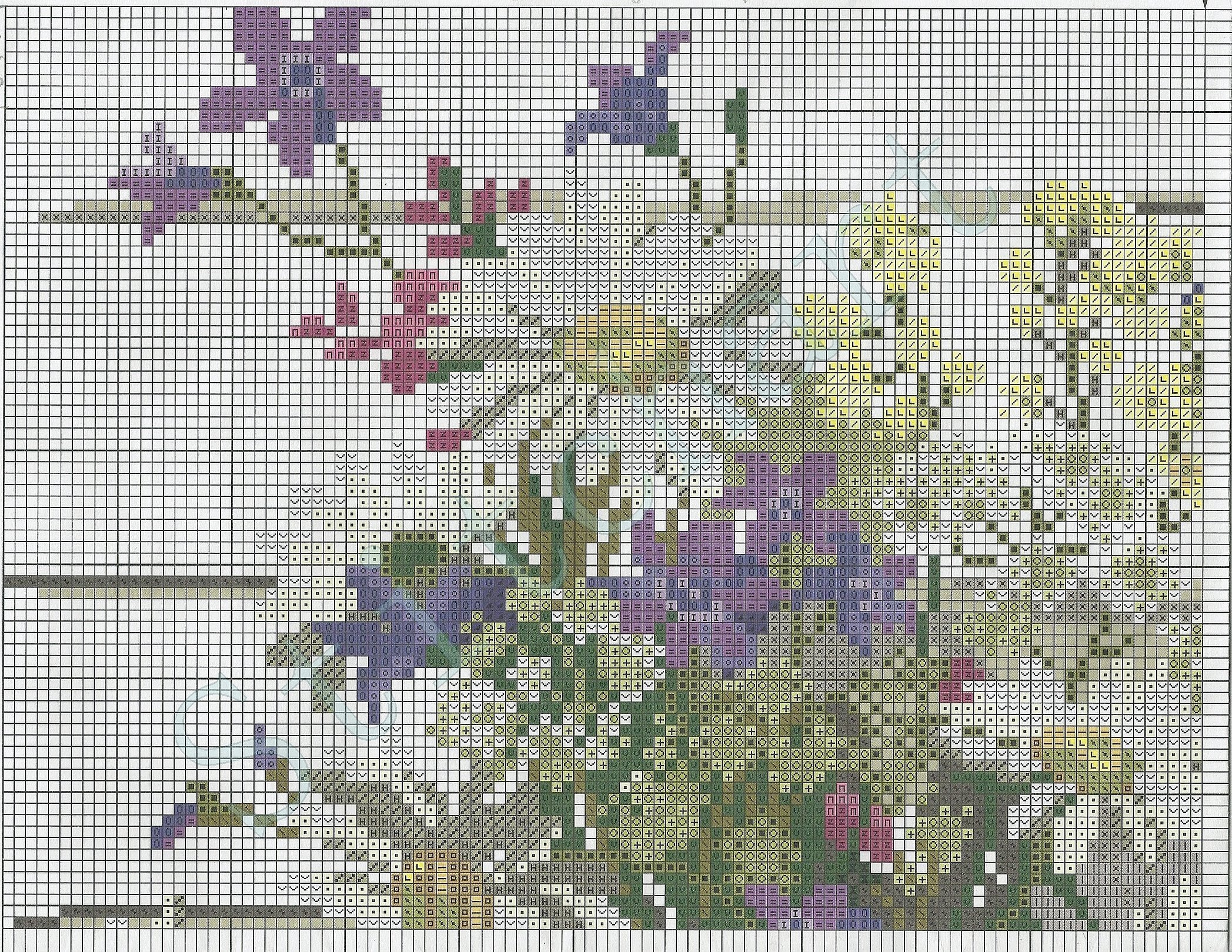
- A simple needle or a professional tapestry needle with a blunt point will do for the job, so as not to prick your hands or the canvas. Such a needle is easier to stick in, and it does not leave holes in the canvas. Needles also have their own sizes, but it is advisable to choose tools with a large eye. A needle with a gold coating will be used much longer than a classic one. But it is also more expensive.
- Mouline thread. You can embroider various patterns and artistic designs using yarn. They can be made of cotton, acrylic, viscose, etc. One of the popular threads is cotton floss. Its main advantages are durability and richness of color. The durability of the paint on the threads is checked with boiling water. You need to dip several threads in it; if they lose their color, then this is not a quality material. The floss must be of equal size along its entire length. If you use different lengths of thread in a pattern or drawing, this will be very noticeable in the finished picture.
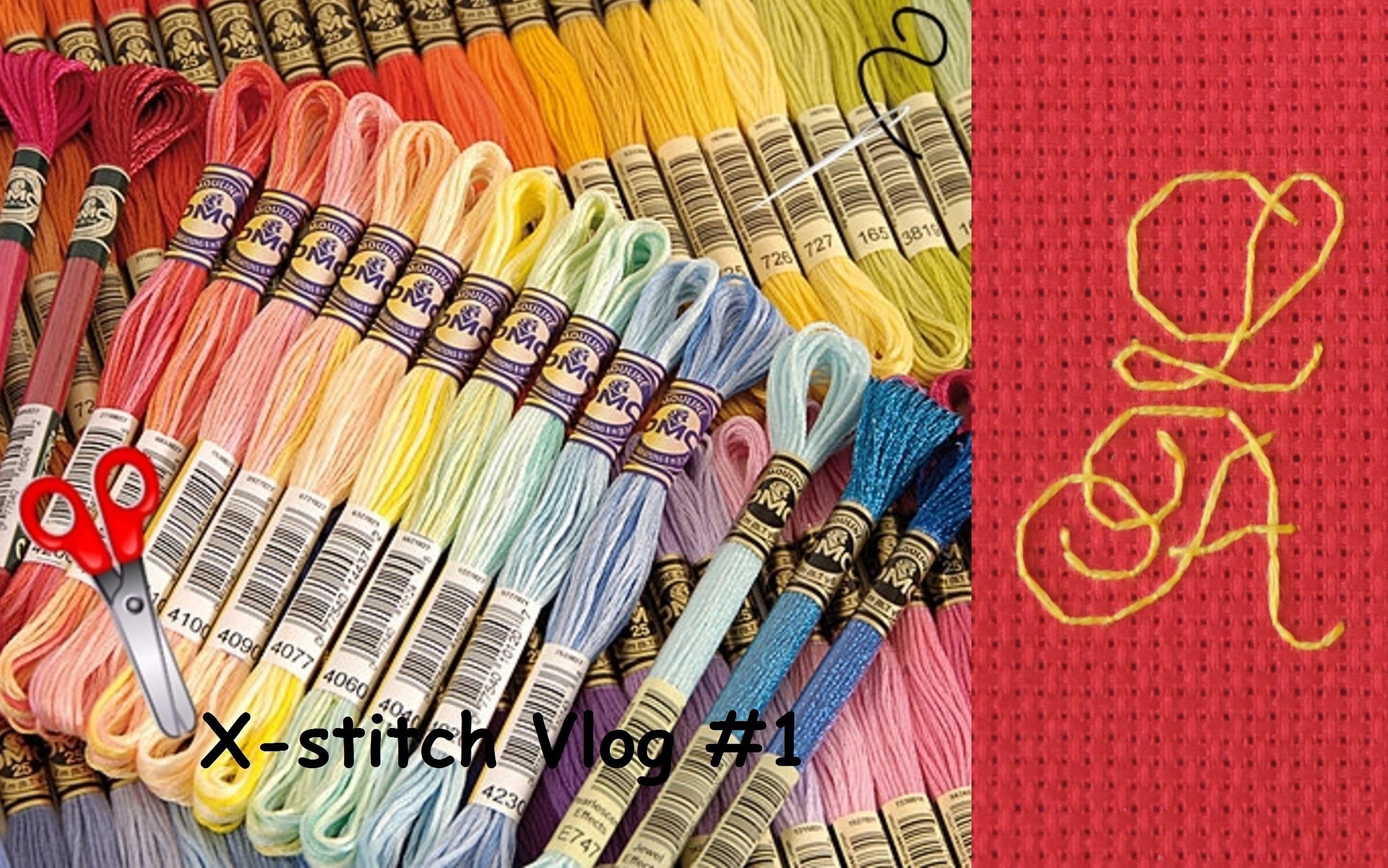
- Fabric holder. Hoops come in different shapes, sizes and colors, and are also made of metal, plastic or wood. Frame hoops are great for small crafts. Square frames are quite practical, as they hold the fabric tighter. There are also tapestry holders, which are necessary for large embroideries. They prevent the material from warping, and the stitches are even and beautiful. For medium-sized paintings, you can create frames at home with your own hands. You need to take a plastic food container and cut off the lid with a hot stationery knife. This option is suitable if you need to start embroidering urgently.

- Scheme. One of the important elements in any work. You can buy ready-made embroidery kits, which include a scheme, or print it from the Internet.
Cross stitching flowers is great for those who are just starting to get acquainted with needlework. Floral motifs are usually the easiest to make, unless, of course, there is a need to additionally embroider vases, compositions or bouquets.
Five rules for beginning needlewomen:
- The end of the floss must be hidden under the finished seams. Carefully monitor the shades (it is forbidden to hide light colors under dark ones).
- You can start working from any convenient place on the drawing. You can also start working in those points where darker colors of floss are used, smoothly moving to lighter shades.
- There should be good light at the workplace. Otherwise, you can damage not only the product, but also your eyesight. Therefore, it is recommended to work only during the daytime near a window.
- Maximum 60 cm, minimum 20 cm - this is the best length of floss during the work process. If you use a very long thread, it will always get tangled.
- After each completion of work or if you need to take a break, the canvas must be removed from the frame, otherwise it will stretch. As a result, the drawing may float.
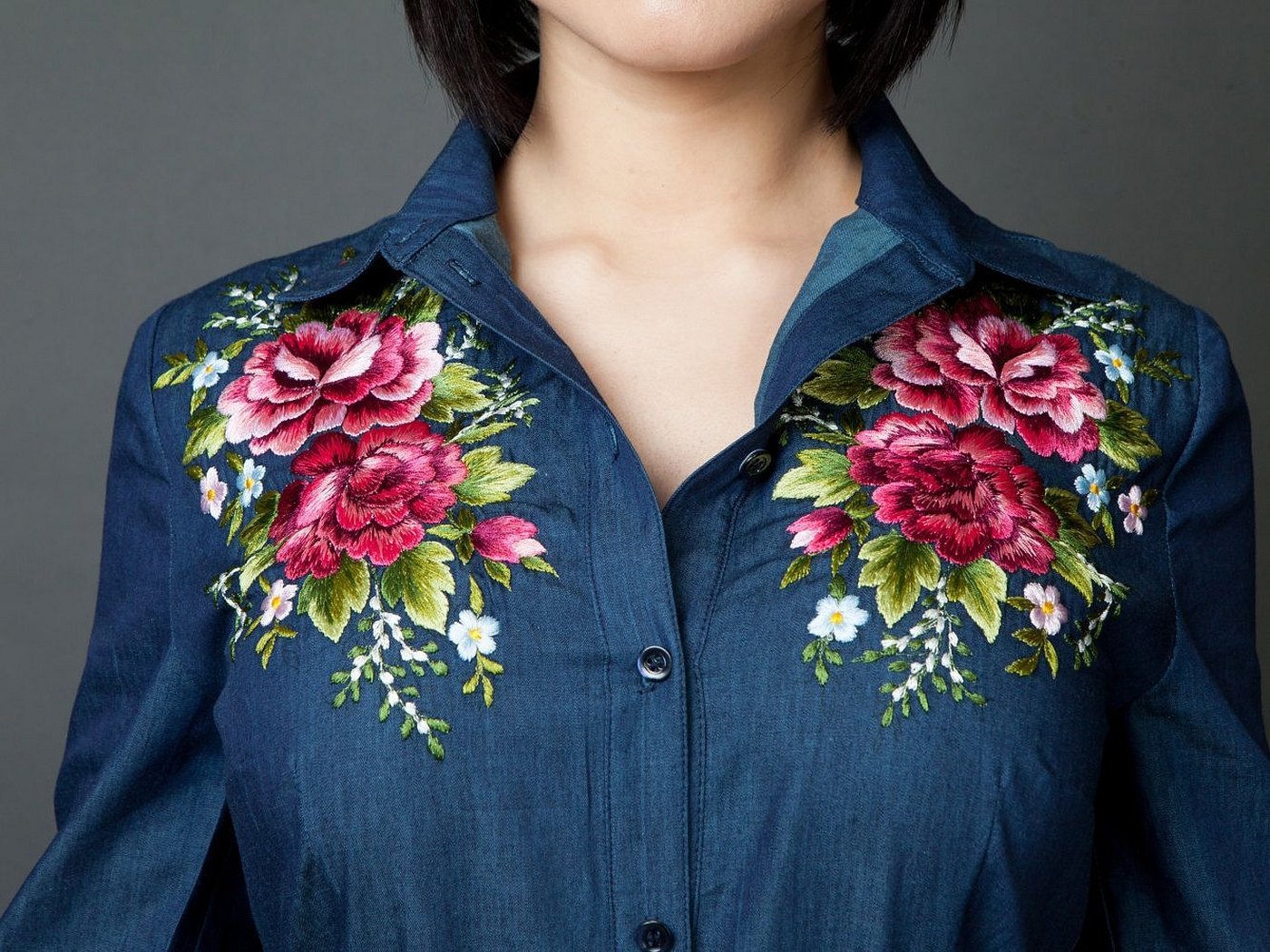
No matter what embroidery technique was chosen, any beginner should start small. You can get the hang of it by doing floral motifs or geometric patterns. When working, you need to turn the canvas over from time to time and check the back side. It should be without knots or snags, uniform. If the pattern needs to be transferred to fabric, this is done using carbon paper.
Attention! Carbon paper does not wash off from fabric, so you need to transfer the design carefully.
Flower embroidery will look great not only on canvas, but also on clothes, pillows, blankets. Floral motifs have been popular since ancient times, after ornaments. For beginners, it is recommended to watch a master class on two embroidery techniques described in the article before work.




